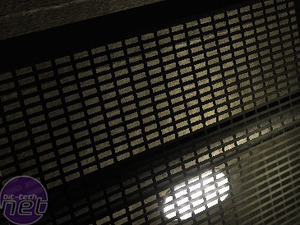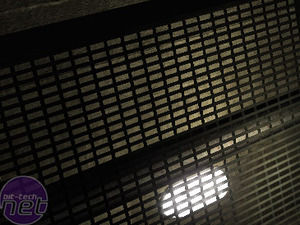What cards can do what?
With so many graphics cards out there, it's difficult to know exactly what cards can render what games at what settings. We've tried our hardest to bring you accurate evaluations of best playable settings in our graphics reviews - have a look at our latest HIS ATI X850 XT review as an example of these.As a rule of thumb, we always prefer to play our games at 2xAA and 8xAF where possible - we think this generally offers the best compromise of performance and quality. Of course, there are exceptions to this - Battlefield 2 will crawl with 4xAA on any card that is less than bleeding-edge, whilst a less demanding, older title like Call of Duty can be cranked up to 4xAA and 16xAF on top-end cards now without too much trouble.
Of course, there are differences between the way that ATI and Nvidia handle aliasing and filtering, but nothing so substantial as to make a noticeable image quality difference. An example of a difference between ATI and Nvidia is the fact that ATI implement gamma-corrected AA on all their 9700+ cards, a technique which samples alpha particles inside triangles as well as gamma particles on the outside of triangles. This is only implemented by Nvidia on the 7800 GTX.
The new GeForce 7800 GTX also features a technique called 'transparency anti-aliasing'. As well as anti-aliasing the edges of textures, this actually anti-aliases inside the textures too, resulting in some pretty swanky image quality improvements in certain situations. For an analysis of this technique, take a look at Tim's Inside the GeForce 7800 GTX article from last week.


Normal AA on the left, and transparency AA on the right. See how the chain links look smoother, even though the chain fence is just one big texture.
Obviously, older cards like the 9700 aren't going to run high AF and AA options on today's latest games. However, with a 6800GT or X800XL - the two best-value cards on the market right now - you should get a performance increase and image quality increase that is definitely noticeable over your previous setup - even if you're resolution limited, by using a TFT for example.
Of course, once we get into SLI or Crossfire there are all sorts of silly-quality AA modes that can be used - but that's another article...

MSI MPG Velox 100R Chassis Review
October 14 2021 | 15:04






Want to comment? Please log in.